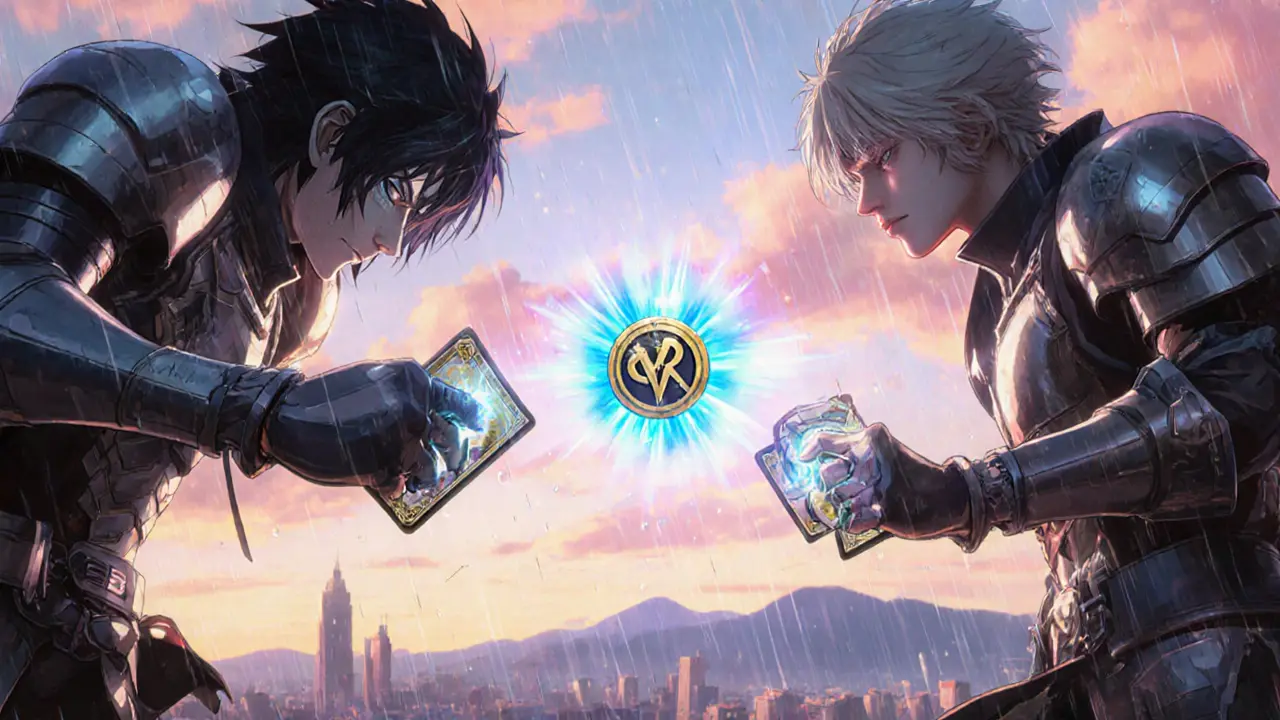GameFi
When talking about GameFi, the blend of gaming and decentralized finance that lets players earn crypto while they play. Also known as gaming finance, it turns traditional game mechanics into real‑world value generators. GameFi encompasses Play‑to‑Earn models, requires NFTs for ownership, and lives inside a broader metaverse ecosystem. That’s why you’ll see a lot of token airdrops, in‑game economies and DeFi incentives tied to the same projects.
Core pillars that drive GameFi
The first pillar is Play‑to‑Earn, a reward system where gamers earn tokens or NFTs for completing tasks, winning battles or simply logging in. It’s not just a gimmick; it reshapes the whole business model of games. Developers can fund ongoing updates with token sales, and players can monetize their time without a middleman. In practice, Play‑to‑Earn fuels the liquidity needed for in‑game markets and makes airdrop campaigns viable.
The second pillar is NFT, a unique digital asset stored on a blockchain that represents ownership of items, characters or land in a game. NFTs give players true ownership, letting them trade or sell assets on secondary markets. Because NFTs are scarce and provably owned, they directly influence the GameFi economy, driving demand for the native token and shaping price dynamics.
The third pillar is the Metaverse, a persistent virtual world where multiple games, social spaces and economies intersect. When a game lives inside a metaverse, its assets can be used across different titles, creating cross‑game utility. This interconnectivity boosts user retention and broadens the scope of token airdrops, as projects often reward early adopters with assets usable in several environments.
All three pillars make each other stronger. GameFi requires NFTs to give assets real value, NFTs influence GameFi economies by adding scarcity, and the metaverse expands the reach of Play‑to‑Earn models. That trio explains why a single GameFi project can launch a token airdrop, a generative NFT drop, and a cross‑game reward program all at once.
From a user perspective, the biggest advantage is the ability to earn while you play. Instead of paying for virtual goods, you can earn tokens that are tradable on real exchanges. Those tokens often come with staking options, liquidity pool incentives, or governance rights, turning casual gamers into active participants in a decentralized ecosystem.
From a developer angle, GameFi opens up new financing routes. Token sales, yield farms, and airdrop campaigns can fund game development without needing venture capital. The data from Play‑to‑Earn metrics also helps teams fine‑tune balance and reward structures, making the game more engaging.
Because the space evolves fast, staying updated matters. New airdrop schedules, generative NFT releases, and cross‑chain bridges appear almost weekly. Understanding how Play‑to‑Earn, NFTs and the metaverse fit together gives you a roadmap to spot opportunities before they become mainstream.
Below you’ll find a curated selection of our latest GameFi guides, airdrop alerts, and reviews. Dive in to see how you can start earning, trading, and building in the world where gaming meets finance.
 4 Apr 2025
4 Apr 2025
Operon Origins (ORO) is a GameFi token for an NFT card game. Learn its tech, market data, liquidity issues, risks and how it stacks up against big players like Axie Infinity.
View More
